- Home
- slideshows
- miscellaneous
- Millennials are wrecking havoc on these 18 industries
Millennials are wrecking havoc on these 18 industries
Casual-dining chains like Buffalo Wild Wings and TGI Fridays

Traditional weddings

Couples are increasingly ditching banquet halls and hotel reception rooms in favor of unconventional venues such as barns and farms, according to a survey from wedding website The Knot.
In general, weddings — from venues to dresses — are becoming more casual. Wedding planners told Business Insider that many clients are getting married later and funding their own weddings, meaning they don't have to stick to their parents' traditions.
"Ten years ago brides and grooms were relying on their parents to solely fund weddings," said one planner. "Now people are empowered by doing what they want to do and they want it to be a reflection of who they are."
Beer

Millennials simply aren't drinking as much beer as generations past.
Beer consumption among drinkers from 21 to 24 has fallen roughly 3% per year over the last 15 years. Beer penetration fell one percentage point in the US market from 2016 to 2017, while both wine and spirits were unmoved, according to Nielsen data. And, per-capita consumption of beer in the US dropped by nearly 10% from 2008 to 2017, according to Euromonitor data.
The brands that are being hit the hardest include massively popular American brands such as Coors and Bud Light.
Mayonnaise
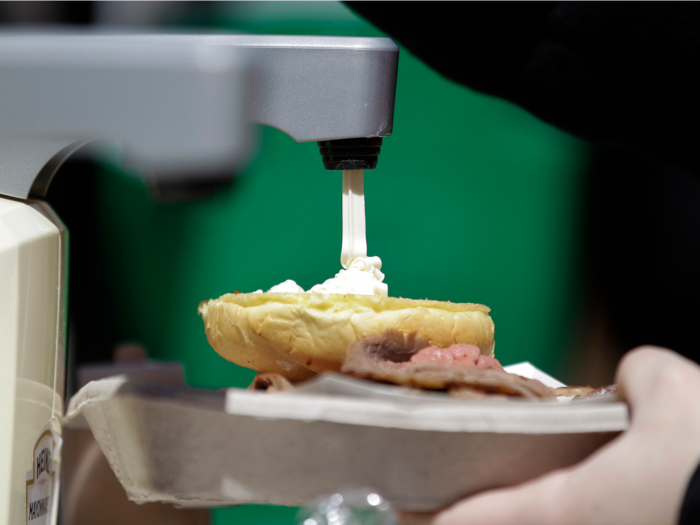
An article in Philadelphia magazine with the headline "How Millennials Killed Mayonnaise" sparked debate in April.
According to Euromonitor, mayonnaise sales fell 6.7% in the US between 2012 and 2017, the Wall Street Journal reported. The Journal reported that brands like Hellmann's and Kraft have had to slash prices to keep shoppers interested, with mayonnaise prices falling 0.6% from the first quarter of 2017 to 2018, as overall packaged-food prices increased by 1.6%, according to Nielsen data.
"Condiments are more competitive than they've ever been," Jennifer Healy, head of marketing for the Heinz brand, told the Journal. "Ten years ago, it was much more simple."
The "starter homes" market

Millennials are finally buying homes. A 2017 report from the real-estate website and app Zillow found that millennials — i.e., people between the ages of 18 and 34 — are the largest group of homebuyers in the US. However, it took them longer to get to this point than other generations.
Spencer Rascoff, Zillow's CEO, explained why millennials are delaying their first home purchases:
"As a result of limited starter-home inventory, they're renting longer. And when they buy their first home, they're buying a much nicer home than a prior generation," he said during an interview with Business Insider's "This is Success" podcast.
"I mean, many people are basically skipping starter homes; they're renting until their 30s, and that first house they buy is a million dollars, and they just are not even buying the $200,000, $300,000, $400,000 home, which is a total mind shift as compared with previous generations. So they're still buying homes — they're just buying them later and buying them bigger."
Department stores like Macy's and Sears
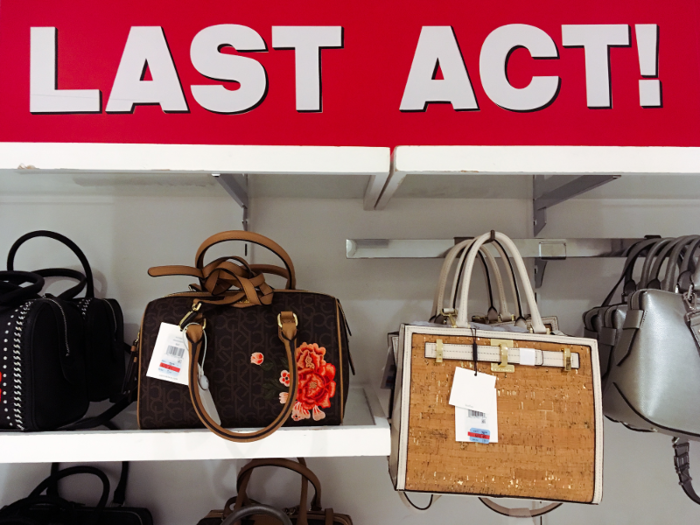
As millennials flock to e-commerce sites and fast-fashion brands like H&M and Zara, department stores such as Macy's and Sears have suffered, closing hundreds of stores across the US.
Part of the reason is that when millennials do spend money, they're spending more on experiences like restaurants and traveling. Millennials are less drawn to aspirational, designer brands, and they're perfectly happy saving money by buying private-label lines, which further hurts traditional department stores.
Razors
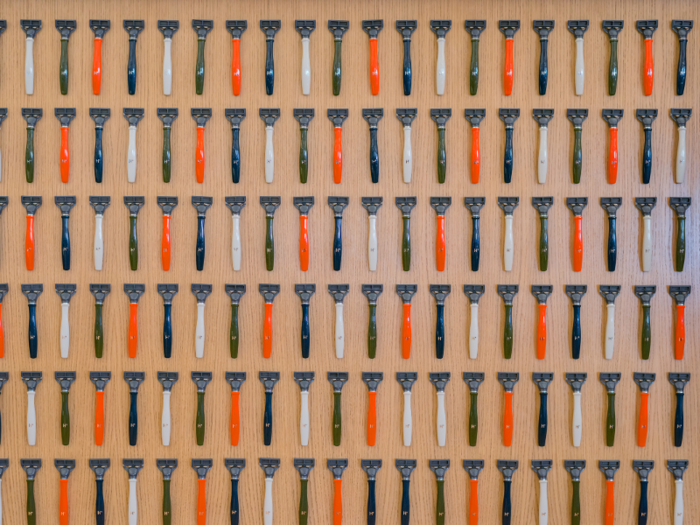
The rise of a laid-back approach to shaving, most popular among men under the age of 45, is causing some serious problems and strategic readjustments in the razor industry. CNN reports Gillette even had to stage an "intervention" last year, slashing prices by an average of 12% and pushing facial-hair-maintenance tools like a beard trimmer.
According to Gillette, studies show that the average number of times men shave per month has fallen from 3.7 to 3.2 over the last decade. As a result, razor-industry sales fell 5.1% by June, compared to the year prior.
Toys
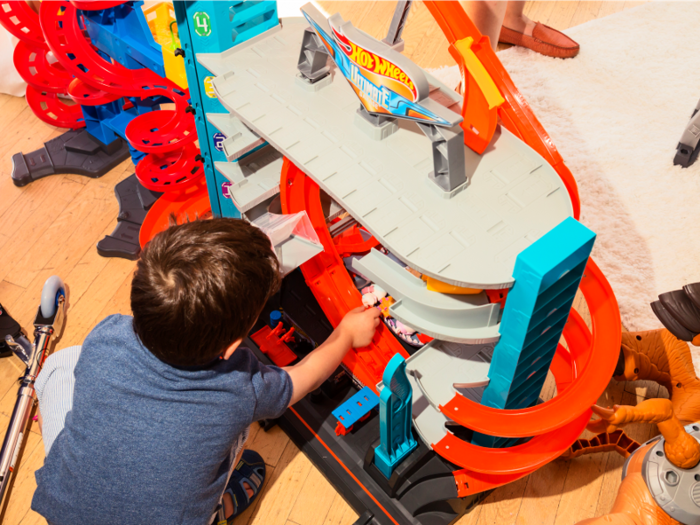
Fertility hit a record low in 2016, bringing the rate among women ages 15 to 44 to 62 births per 1,000 women. And, that's creating issues for industries aimed at babies and children.
"Most of our end-customers are newborns and children and, as a result, our revenues are dependent on the birth rates in countries where we operate," Toys R Us wrote in its 2017 annual filing, prior to filing for bankruptcy. "In recent years, many countries' birth rates have dropped or stagnated as their population ages, and education and income levels increase."
Toys R Us isn't alone. Though they haven't had to resort to bankruptcy, Build A Bear and local toy stores have reported similar issues.
"Breastaurant" chains like Hooters
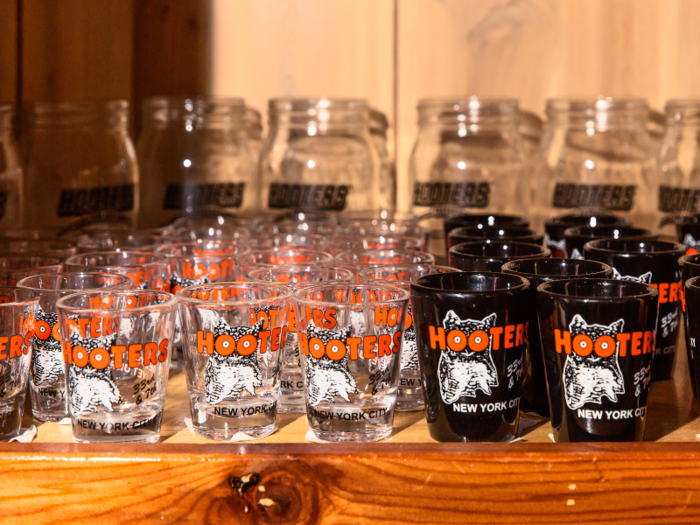
People ages 18 to 24 are 19% less likely to search for breasts on the pornographic website Pornhub compared with all other age groups, according to an analysis conducted by the website.
For "breastaurants" like Hooters and Twin Peaks, a loss of interest in breasts is bad for business. The number of Hooters locations in the US dropped by more than 7% from 2012 to 2016, and sales have stagnated, according to industry reports.
Hooters has struggled to win over millennials for some time now. In 2012, the chain attempted to revamp its image with updated decor and new menu items to attract more millennial and female customers. Earlier this year, the chain announced plans to boost sales by expanding its delivery business.
"Delivery [solves] the polarizing issue the brand has had," CEO Terry Marks said at the ICR Retail conference in January.
"Many people wouldn't step foot in our restaurants, but they want our product," he said.
Cereal
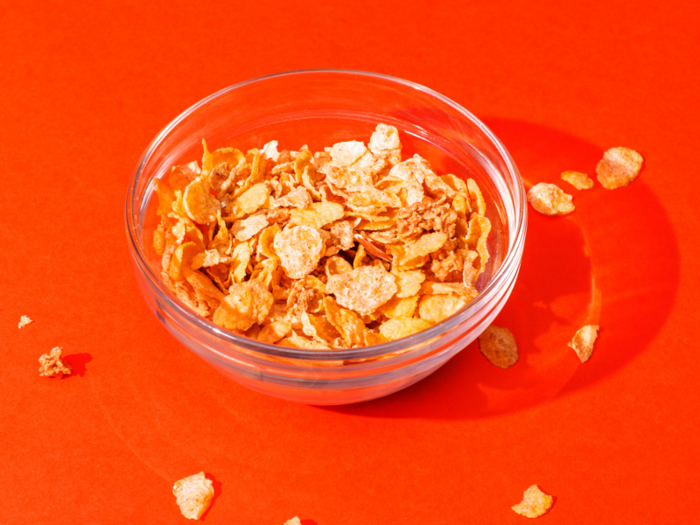
Cereal sales have hit a slump over the last few years. US cereal sales have dropped 11% over the last five years, hitting roughly $9 billion in 2017, according to Mintel data.
Almost 40% of millennials surveyed by Mintel said cereal was an inconvenient breakfast choice because they had to clean up after eating it, The New York Times reported in 2016.
Instead, younger consumers are turning to convenient options that can be eaten on the go with minimal cleanup, from yogurt to fast-food breakfast sandwiches.
Golf

While millennials have created new fitness crazes, like SoulCycle and barre classes, golf has failed to capture their interest in the same manner.
Golf participation in the US declined 1.2% in 2016, according to a 2017 report by the National Golf Foundation. Sales also fell, totaling $3.57 billion in 2017, down from $3.6 billion in 2016. The Business Journals reported that the number of golf courses and country clubs in the US has reached a 10-year low.
"From the golf industry statistics, we know that rounds are down," Matt Powell of the industry-research firm NPD said in a video in 2016. "We know that millennials are not picking up the game, and boomers are aging out. The game is in decline."
Motorcycles
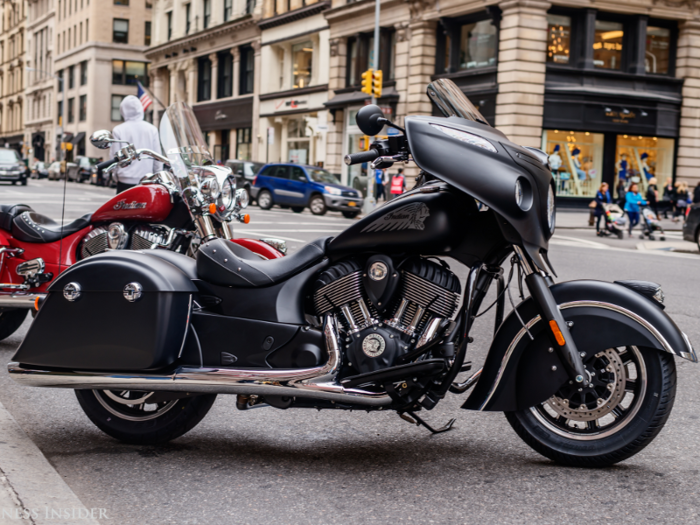
Millennial indifference seems to be playing a part in motorcycle makers' sales slump over the last decade.
"Our data suggests the younger Gen Y population is adopting motorcycling at a far lower rate than prior generations," AB analyst David Beckel said in a 2017 note downgrading its rating of Harley-Davidson shares from "outperform" to "market perform."
Harley-Davidson is debuting new models and partnerships in an attempt to attract younger Americans to the brand.
"Younger people aren't taking up motorcycles like they used to, and that's led to a long slide in the size of the market in the US, which is already quite competitive," Business Insider's Matthew DeBord reported in July. "The Harley image of open-road freedom doesn't necessarily dovetail with the enthusiasm of millennials for city living."
Home cooking
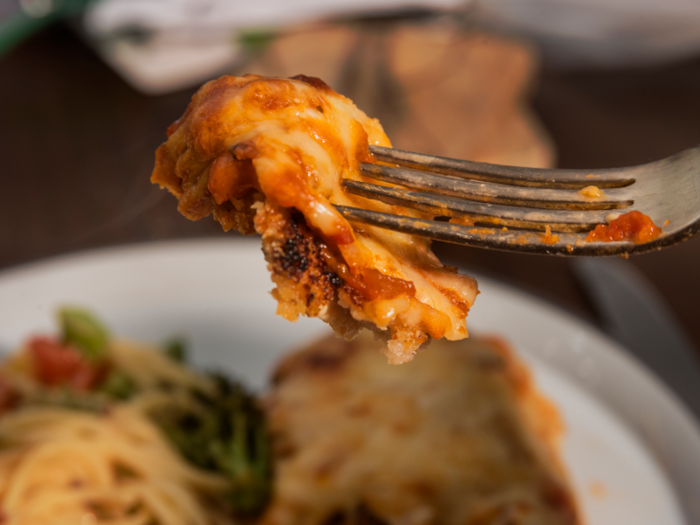
A UBS report from earlier this year estimates that by 2030, online food delivery could command 10% of the total food-services market. And, that could spell bad news for companies known for their ready-made or home-prepared meals, such as General Mills and Kraft Heinz.
"At scale, ubiquitous on-demand and subscription delivery of prepared food could potentially spell the end of cooking at home," the UBS report states.
Old-school yogurt
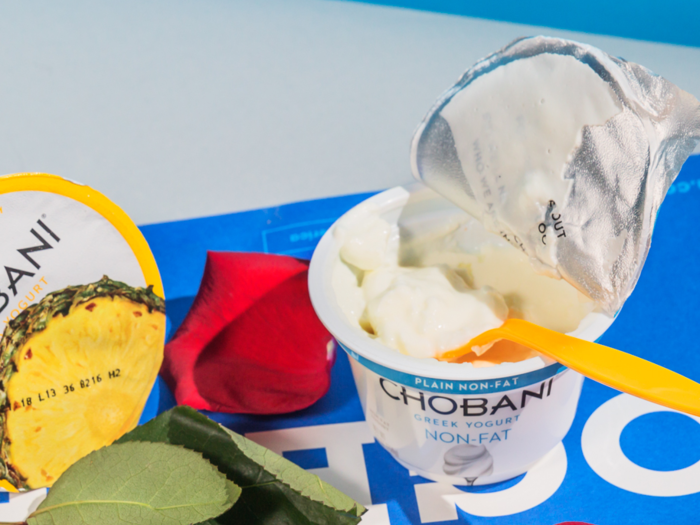
Plain old "spoonable" yogurt is being swept aside for newer variations, with Mintel predicting a 5% decline in overall sales from 2017 to 2022. General Mills reported in September that yogurt sales dropped 2% in the US in the most recent quarter, due to declines in Greek and light yogurt sales.
Instead, General Mills is turning to up-and-coming types of yogurt to boost sales, such as "French-style" Oui by Yoplait.
"In July, we added our presence in simply better yogurt with YQ, a new yogurt made with ultra-filtered milk that appeal to modern weight managers, seeking high protein, less sugar, simple ingredients and great taste and is 99% lactose-free," CEO Jeff Harmening said in a call with investors.
Soda
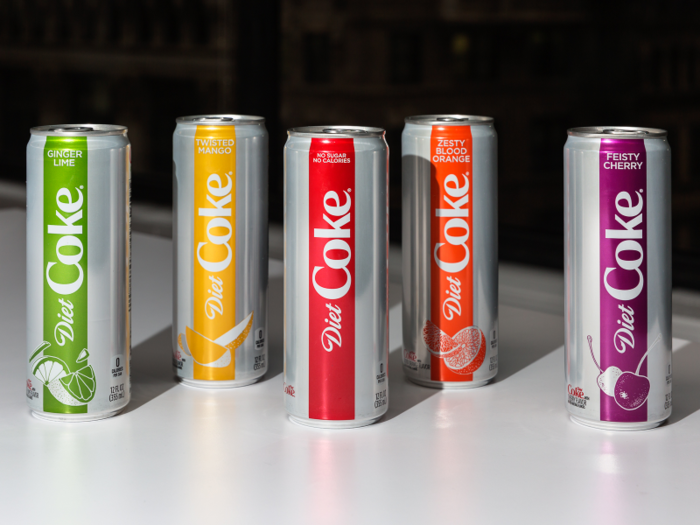
In 2006, soda sales by volume declined in the United States for the first time in 20 years. Every year since then, the decline has continued, with Coke and Pepsi brands falling 2% and 4.5%, respectively, by volume in the US in 2017, according to Beverage Digest.
Many of Coca-Cola's attempts to boost sales have focused on convincing millennials to buy lower-calorie beverages.
Diet Coke relaunched earlier in 2018 with a millennial-focused ad campaign with new flavors and social-media influencers. Coca-Cola has also made a number of acquisitions of trendy beverage brands, including Australian kombucha maker Organic & Raw Trading Co., sparkling-water brand Topo Chico, and coconut-water brand Zico.
Bar soap
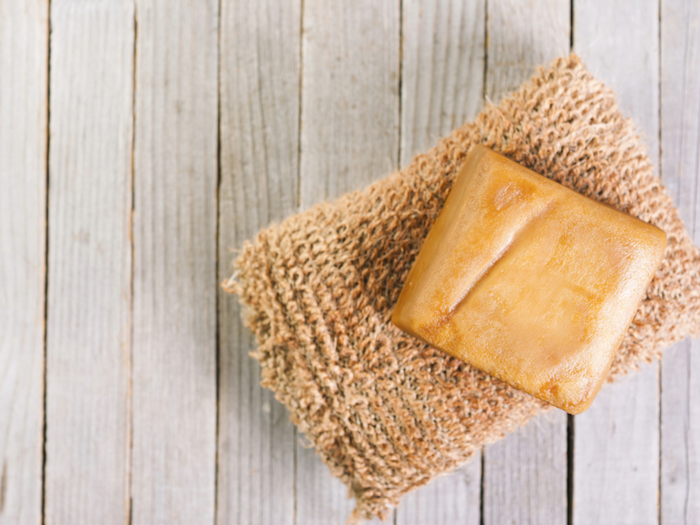
Bar soap sales fell 2.2% from 2014 to 2015, a time when the rest of the shower-and-bath category grew, according to Mintel.
And, millennials are at least partly to blame.
"Almost half (48%) of all US consumers believe bar soaps are covered in germs after use, a feeling that is particularly strong among consumers aged 18-24 (60%), as opposed to just 31% of older consumers aged 65-plus," Mintel wrote in a press release.
Napkins

Younger consumers are opting for paper towels over napkins, according a Washington Post article from 2016.
The Post points to a survey conducted by Mintel, which highlights that only 56% of shoppers said they had bought napkins in the past six months. At the same time, 86% surveyed said they had purchased paper towels.
Paper towels are more functional than napkins and can be used for more purposes. And the Post noted that millennials are more likely to eat meals outside of the home, contributing to the decline.
Fabric softener
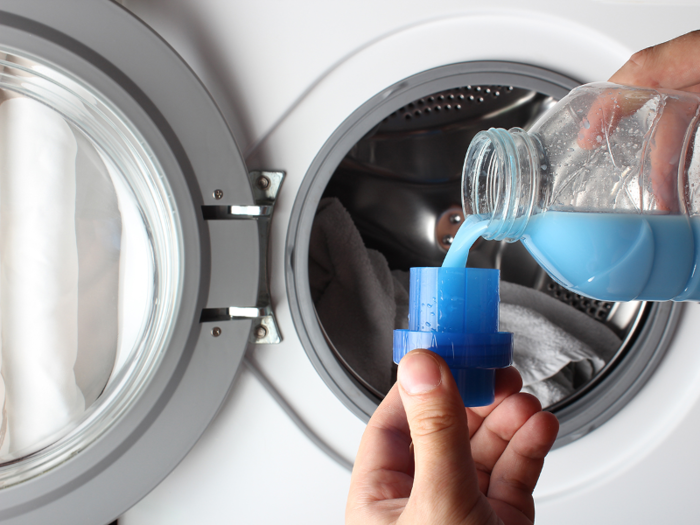
Sales of liquid fabric softeners fell 15% in the US from 2007 to 2015, The Wall Street Journal reported. Market leader Downy fell 26% in the same period.
According to Downy maker Procter & Gamble's head of global fabric care, millennials "don't even know what the product is for."
Popular Right Now
Popular Keywords
Advertisement